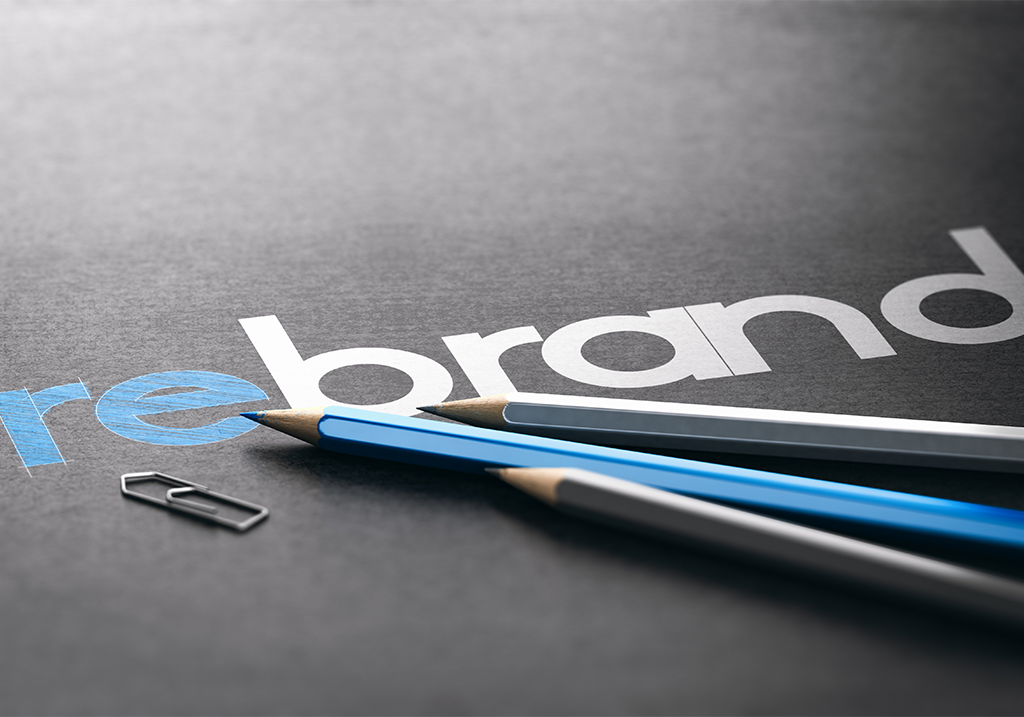Rebrands are often seen as bold, dramatic moves—new logos, redesigned websites, updated color palettes. But before the visual overhaul comes something even more crucial: the realization that your messaging no longer fits.
Brand messaging isn’t static. It’s a living, breathing extension of how you speak, sell, and connect. And when that message falls out of sync with who you are or what your audience needs, everything else—your ads, your sales pitches, your content—starts to lose power.
Often, the most urgent rebrands don’t begin with aesthetics, but with a sense that the words don’t feel right anymore. Here’s how to recognize when your messaging needs a deeper rethink—and why a strategic rebrand might be the answer.
You’ve Outgrown Your Original Promise
Most brands are born scrappy. Messaging is created fast—sometimes in a pitch deck, sometimes on a landing page, often in a rush to launch. But what worked when you were a 5-person team trying to explain what you do doesn’t always scale with growth.
If your positioning still reads like a startup when you’ve become a serious player—or if your offerings have evolved far beyond what your homepage reflects—it’s time to pause.
Outdated messaging doesn’t just limit perception; it invites misalignment internally. When sales, marketing, and product aren’t telling the same story, you lose momentum and trust.
Your Audience Has Changed (Or Matured)
Audiences evolve. Maybe you started targeting early adopters but are now moving toward a more mainstream, skeptical market. Or your original audience has aged, shifted industries, or changed priorities altogether.
What worked in early messaging—insider jargon, aggressive tone, trendy references—may now feel alienating or irrelevant.
If you find that your audience engagement is slipping, or if you’re constantly having to explain or “translate” your value in different ways, that’s a red flag. The words you’re using may no longer reflect the worldview of the people you’re speaking to.
Your Competitors Sound Too Much Like You
When everyone in your category is using the same words—“trusted,” “innovative,” “customer-first”—differentiation dies. If you can swap your tagline with your competitor’s and it still makes sense, your brand doesn’t have a voice. It has a template.
Brands lose power when they start sounding like the market, not themselves. And often, this happens slowly.
A few tweaks here and there, borrowed phrases, an SEO-led blog strategy—until suddenly, you’re generic. If your brand feels interchangeable, that’s your cue: it’s not your product that’s the problem. It’s your positioning.
Your Internal Teams Can’t Articulate What You Do
Here’s a subtle but powerful test: Ask five people on your team what your company does—and why it matters. If the answers vary wildly, or if there’s hesitation, that’s a sign your messaging doesn’t have internal clarity.
Messaging isn’t just for marketing. It’s the foundation for sales enablement, recruitment, product development, and culture. If your own team can’t confidently repeat your core value, how can customers trust it?
A rebrand anchored in messaging doesn’t just make you sound better to the outside world—it makes your people believe in what they’re building, too.
Your Visual Identity Has Been Updated, But Your Voice Hasn’t
Sometimes companies invest in rebranding visually—fresh logos, sleek websites, updated design systems—but forget to update the voice and tone that goes with it. The result is a brand that looks new but still sounds like its 2017 self. That disconnect can quietly erode trust.
Modern audiences are sensitive to inconsistency. If your brand looks cutting-edge but still uses stiff, generic messaging, it feels like a mismatch. Rebranding should be holistic. Design without verbal alignment is just a surface-level refresh—not a transformation.
How Ekakshar Helps You Rebrand with Strategic Clarity
At Ekakshar, we don’t jump straight to visuals. We begin with a message. Our process starts by unpacking your brand’s current perception—internally and externally—and mapping it against your future ambition.
We look for the disconnects: between how you talk and what you deliver, between what your audience wants and what your messaging says.
From there, we develop positioning frameworks, tone systems, and narrative tools that your entire team can use—from founders to designers. Whether you’re evolving into a new market, or just tired of sounding like everyone else, we help you rebrand with words that actually work.
Final Thoughts
Rebranding doesn’t always mean tearing everything down. Sometimes, it means realigning what you say with who you’ve become. The best brands aren’t the loudest or trendiest—they’re the ones that sound unmistakably like themselves, across every touchpoint.
If your messaging feels off—even just a little—it’s worth listening to that instinct. Because clarity isn’t just a communications asset. It’s a growth strategy.




